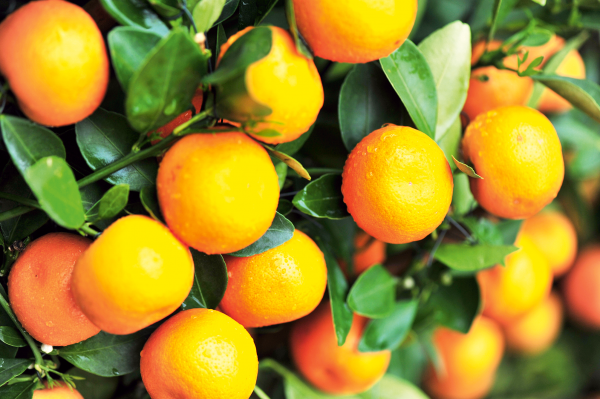©2021 Reporters Post24. All Rights Reserved.
Citrus care
Citrus trees, such as lemon, mandarin, kumquat, lime and oranges, will be healthier and less troubled by pests if you give them the conditions they prefer.
- Citrus trees like a warm, sunny spot away from cold winds. They turn their toes up in soggy soil, so make sure it’s free-draining, or plant in pots.
- Meticulous watering is essential, particularly when young trees are getting established and when mature trees are developing fruit. Lack of water can cause fruit drop or a low juice factor, so in hot dry spells, provide a good soaking every couple of days – or daily for potted trees.
- Get a good layer of mulch down during summer to conserve moisture. Just keep it clear of the trunk or collar rot may occur.

The chill factor
- Most citrus trees are from tropical or subtropical regions and won’t tolerate frost. But some varieties are hardier than others. Kumquats are the most cold-hardy, followed by ‘Meyer’ lemons. In the south, this is the lemon to grow. It is relatively hardy, although young trees should be protected from frost until established.
- Other varieties, such as ‘Yen Ben’, can be grown in pots and moved into shelter during winter. Standardised ‘Meyer’ lemons are often sold as indoor plants down south, but it’s best to take them outdoors whenever you can on a nice sunny winter’s day to give them a breather.
- Kumquats are small trees and make excellent potted plants. They are more often grown for their ornamental value, as the small but bitter fruit offers decoration for months on the tree.
- Chinotto is another variety grown for its ornamental value. It’s a dwarf bitter orange, slow-growing and compact (up to 1.5m high) with dense, glossy foliage that’s ideal for low hedges. Its fruit is best used for marmalades, jellies or candied peel, but it also lends its bitter flavour profile to Campari. The chinotto tolerates light frosts, so in very cold areas grow them in pots.
- As they’re less hardy, mandarins and oranges are best grown in pots in cooler regions so they can be brought indoors during winter.

Feed ‘em up
- Citrus are what we in the gardening trade call “gross feeders”. They have insatiable appetites and, when nutrients are in short supply, their leaves may turn yellow and they’ll crop poorly.
- The key to feeding citrus is “little and often”. For trees in the ground, “begin in September and apply citrus food at six-weekly intervals. Continue until March and don’t feed in winter.”

Watch out for weeds
- Grasses and weeds compete for water and nutrients. Lay down wet newspaper (10 sheets thick) or cardboard, then top with mulch to keep weeds down.
- Mulch past the drip-line of your tree as this is where most of the feeder roots are found.

Pollination
- Citrus are self-fertile – bees aren’t essential, although they do visit citrus flowers. If you plant a lemon close to an orange (or any other citrus), the orange will produce more pips if cross-pollinated by bees.
- Even a seedless orange will produce pips, so it’s best to keep lemon trees in solitary confinement.
Pruning
- Unless you want to shape your citrus trees they don’t need pruning. Just clip out any dead or diseased wood.
- Only prune between March and September to avoid lemon tree borer attacks.

Harvesting hints
- Citrus fruit changes from immature to mature, and eventually overmature, while still on the tree, but the changes are slow and spread over several months.
- Fruit will keep much longer on the tree than if picked and stored.
- The only way to tell whether your fruit is ripe is to taste it. Fruit colour doesn’t necessarily indicate ripeness, as many fruits colour up long before they can be eaten.
- Once picked, citrus fruit doesn’t continue to ripen or sweeten.
- When harvesting don’t pull citrus fruit off the tree. Make a clean cut with secateurs to avoid damaging the fruit and the tree
Source: www.stuff.co.nz


